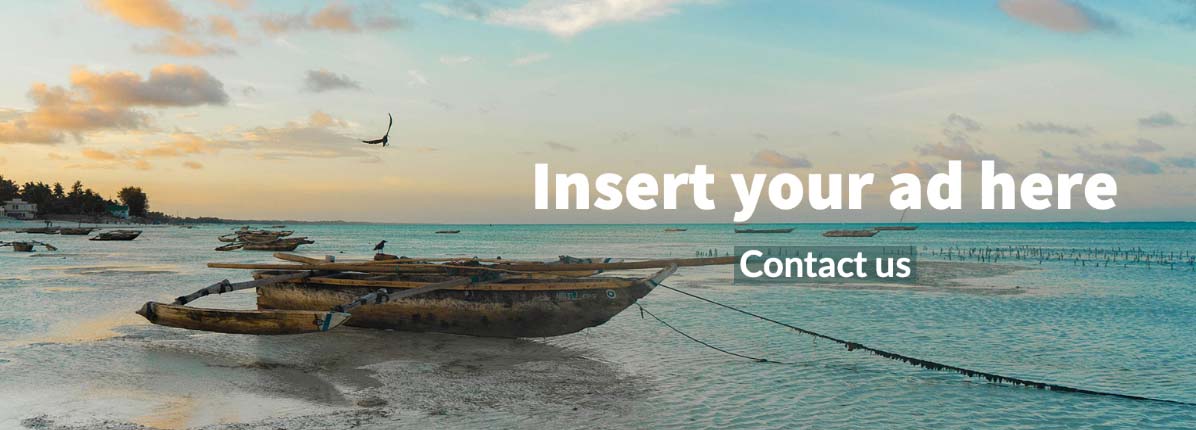Considering white shark cage diving in South Africa? You better hurry. The white shark population is disappearing at a frightening speed. Mary Rowlinson, Marine Biologist at White Shark Diving Company in Gans Bay, explains why great white sharks are endangered – even though they are protected species – and shares the biggest struggles in white shark conservancy.
White sharks are hard to study
The scientist was only a child when she fell in love with the species: “I’ve always loved them,” she says. “I used to watch Jaws all the time and it made me very curious.” Now she studies them in an attempt to save the animals.
“I love how mysterious they are. That’s what withdraws them to me. Even though we have been studying white sharks for twenty, twenty-five years, we still know nothing about them. We don’t understand them, or anything they do. We don’t really understand their behavior. We have never recorded them breeding. We don’t know where they breed and how they pick their mates. We don’t know where they give birth. We don’t know how many pups they give birth to. There’s just so much mystery. That makes them really exciting.”
But no matter how exciting the mystery, solving it might be the only way to save the whites from extinction. And that’s also a problem. Because studying white sharks is really difficult. “‘Great white sharks are a migratory species and the technology we have just isn’t sufficient enough,” says Rowlinson. “Whites travel huge, huge distances all over the place. We know of one female white shark that swim from Dyer Island, South Africa, all the way to Australia and back. That’s a distance of 20.000 kilometer! But we only ever recorded it with one shark. Is it just this one or is it something they do all the time? We really don’t know.”
Technology is not sufficient
“To really learn anything about the population as a whole, you basically need to tag the whole population. And you need that tag to work for five to ten years, before you actually learn anything. But satellite tags don’t last that long and you’ll only see the points of dot to dot. You are only getting signal when the fin breaks the surface of the water. So technology we have just doesn’t give us the information we need.” Besides satellite tags, there are other tags that give only limited insights on the secret life of whites: “The mostly used tags in South Africa, acoustic tags, gives information about in-shore movement patterns. So we do know the general patterns in South Africa. But once the sharks move off-shore, we don’t know what they’re doing and where they are going.”
People’s fear of sharks
“People’s fear of white sharks also really imputes conservation,” Rowlinson continues. “What Jaws did – despite the fact that some of us got curious – for most people it made them terrified of sharks. And that bad reputation is detrimental to conservation. There’s so much money that goes towards conservation of tigers, pandas, elephants and rhinos… but sharks are so important for our ocean ecosystems. They are apex predators. They are on top of the ecosystem. If we lose our sharks, the ecosystem will break down.”
“That’s also why I think shark cage diving is so important. It gives an opportunity to educate people and to actually show them sharks are not these man eating machines. They will pass your cage , they might go for the bait a couple of times, but they are very nonchalant. We often have people who are so terrified of sharks. But when they come back from cage diving, they realize there’s actually nothing to be afraid of.”
Time is running out
Besides a very low population number, white sharks have very low genetic diversity, which has serious implications for inbreeding. “It’s a huge concern for us in this country,” says Rowlinson. “How long are the white sharks going to be around for? Are we going to be able to save them? It’s not like other animals, that you can put into breeding programs. You can’t put a shark in a breeding program. It’s impossible to keep white sharks in captivity. They will die within a few days. We also don’t know how they mate. We have an idea, that it’s the same as other sharks, but how do they pick their mates? And where do they do it? So many questions, but no answers. So we have to try and save the individuals that we have left, because otherwise they are going to be instinct in South Africa.”
“White sharks are just a slow growing species, so recovery is going to take a very long time. Recent research says it takes about twenty to twenty-five years for a male shark to be sexually mature and for a female thirty to thirty-five years. That means you are looking at a recovery period of thirty to fifty years – only to get back into a position that we are comfortable in.”
Illegal fishing, beach nets and the rise of killer whales
And then there are other concerns. Because even though the whites are protected species since 1991, the population still has been decreased since then. There are all the other things the sharks and the genetic diversity are being threatened by. Beach nets, for example, are a huge issue. Beach nets up to our east coast killed a thousand white sharks from 1997 till 2007. And that’s just the beach nets.”
Illegal fishing
“You’ve got the illegal fishing that happens. The whites are protect species in South Africa, but we don’t know what’s happening in international waters. We have got Japanese long liners of our shores. We don’t know what they are catching. They could catch the white sharks and take them to Japan, you know nothing of it.”
Rise of killer whales
“Environmental conditions are changing, so the patterns are changing. There is depletion of their food resources, like big fish and tuna. And then obviously you have got another emerging risk, because we have got killer whales last year – which is actually something that is caused by us in the end of the day. What have we done to change the conditions for the killer whales to come here? Have we depleted their other food resources?”
“A lot of killer whales specialists say that every part will specialize in feeding one specific animal. So, there were two killer whales last year that started killing the white sharks. Perhaps they feed on other sharks and now we fished so many of those other sharks out that they thought: ‘Let’s try a little white shark’. They were successful and when they are successful once they keep coming back for more, because it’s also a really high food reward. We don’t know. But it’s probably something we have done to cause that imbalance in the eco system. So, with all these tracts in place, the protection for them just hasn’t worked.”
“Protection is just a name”
“Because protection is just a name in the end of the day. They are protected species. That means, if you happen to land one off-shore or when you are fishing on-shore you need to cut the line. But what about protection in the open ocean? Because we know sharks are migratory by nature. Once they are fifteen miles off-shore from South Africa, it’s free for all. So, what do you do?”
“We need to figure out all these things. The best thing would be finding out where their breeding and nurturing grounds are, so we can protect those areas. But really: the world needs to get together to save white sharks, because they move so much.”
What can you do to save white sharks?
On a smaller scale, there are also a few things you can do to save white sharks. As a tourist you might support local companies who are actively contributing to protect the species and trying to conserve the sharks. If you’d like to go cage diving, choose a company which has good practices. As a consumer, you can reduce your seafood consumption and boycot shark products. Last but not least, you can donate to white shark conservation organizations like Project AWARE, or the Cape Town-based Shark Spotters, adopt a shark at The Shark Trust and start spreading awareness by sharing this article.


Recent Comments